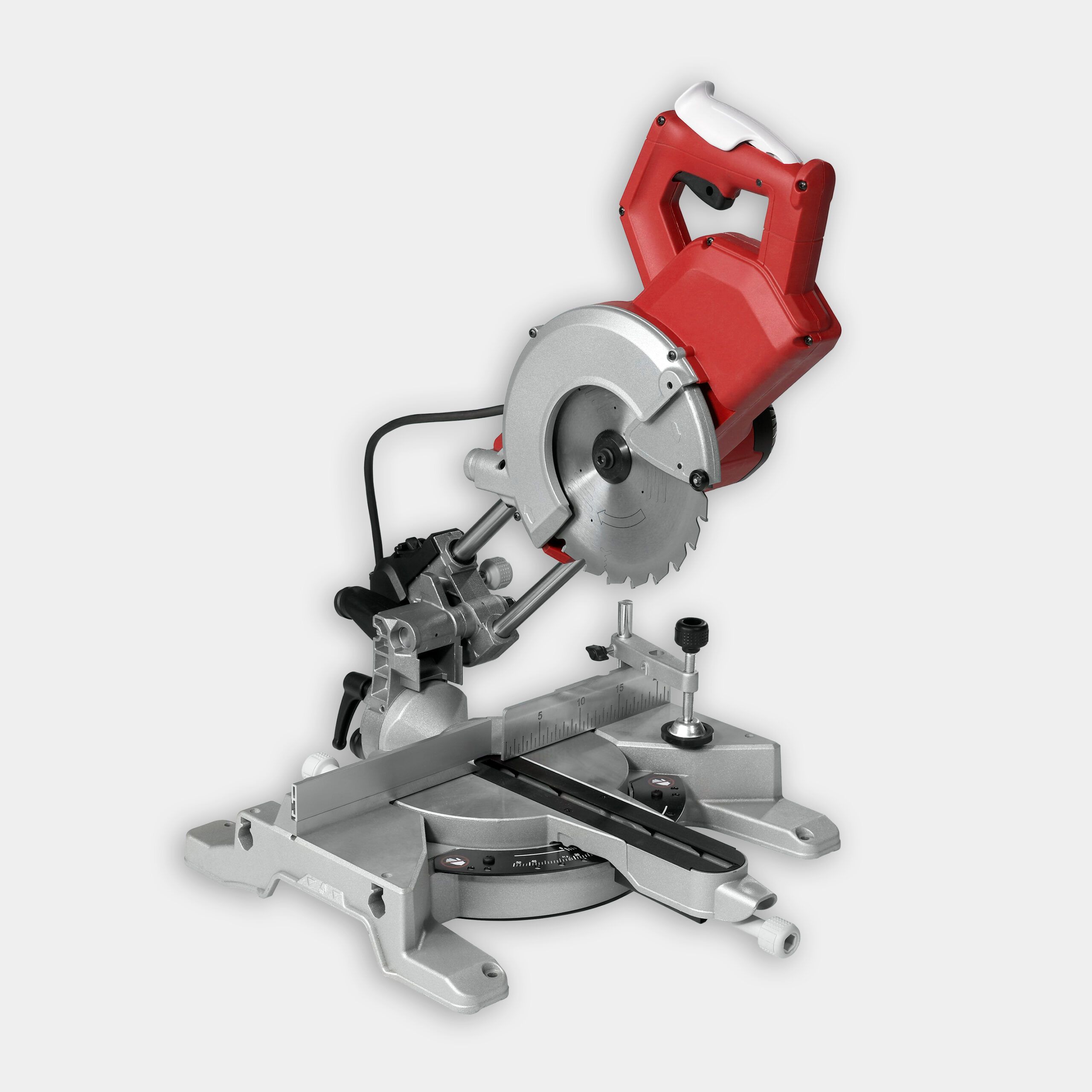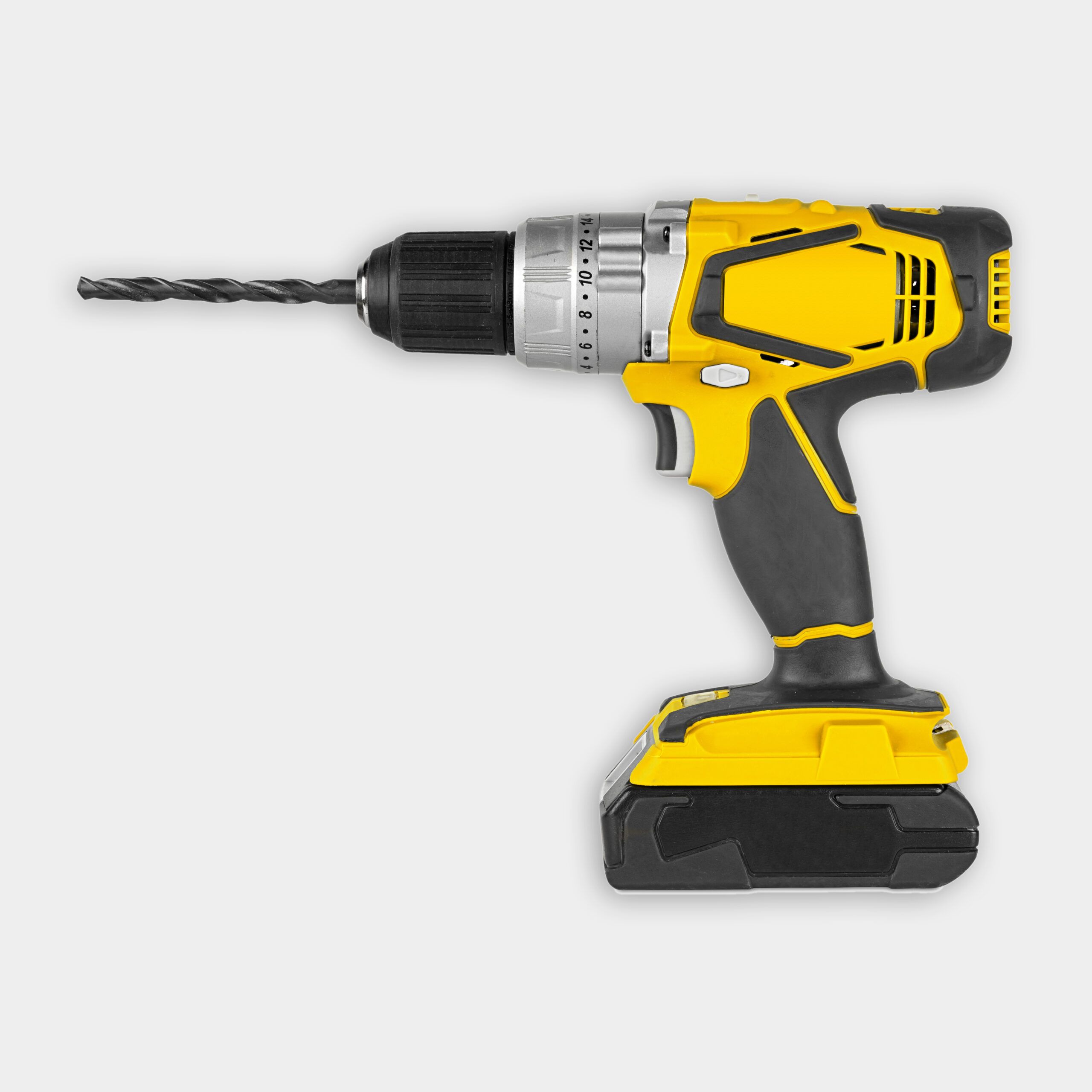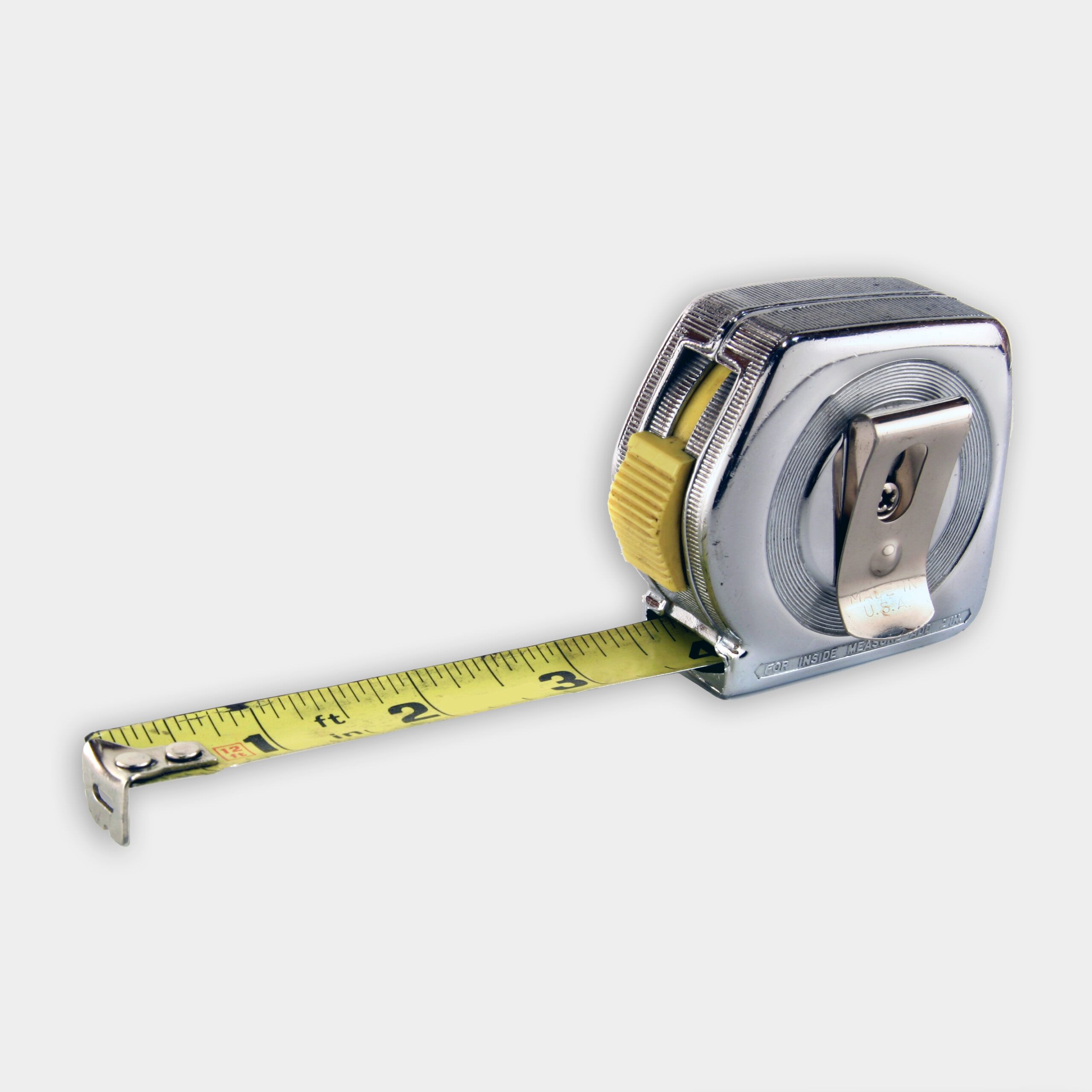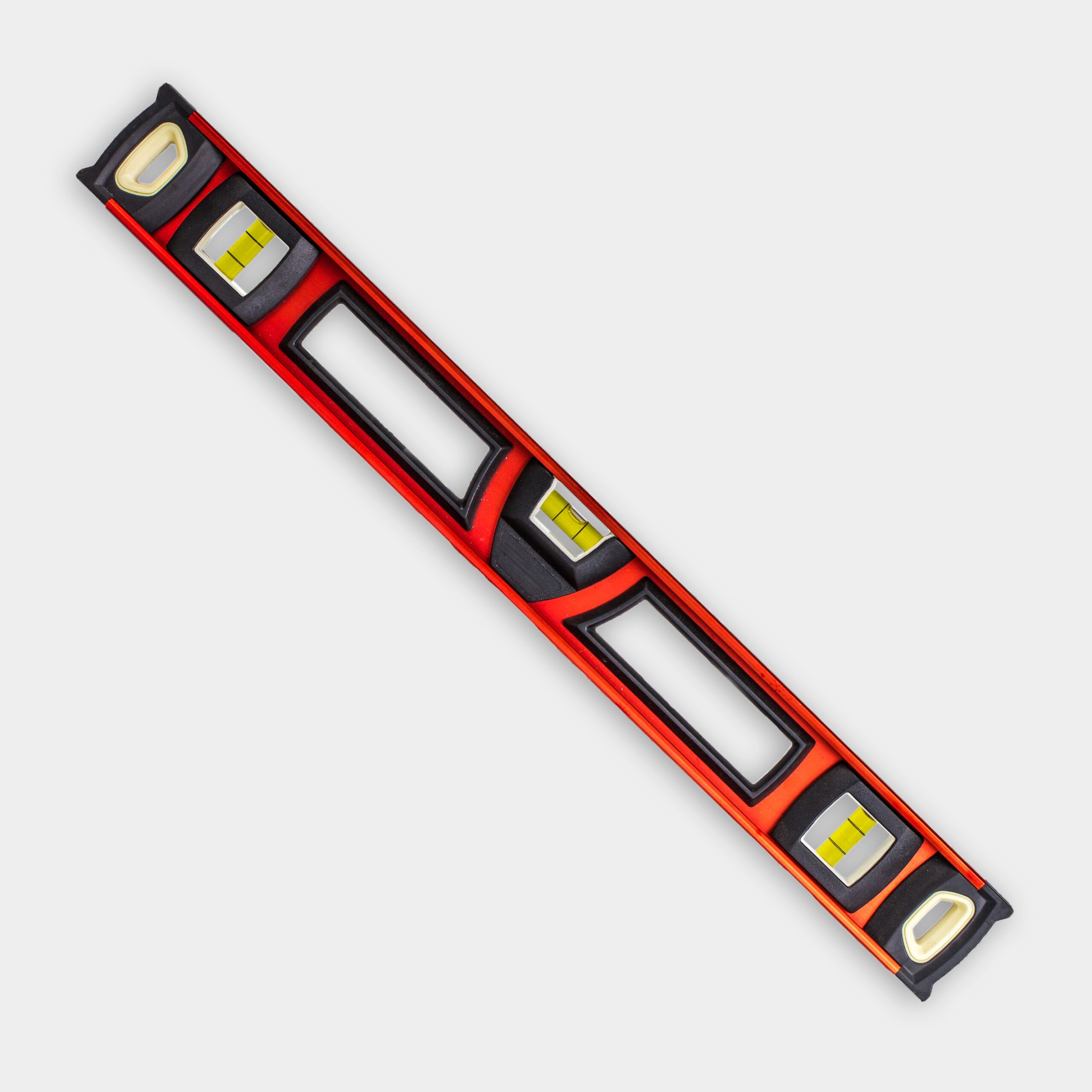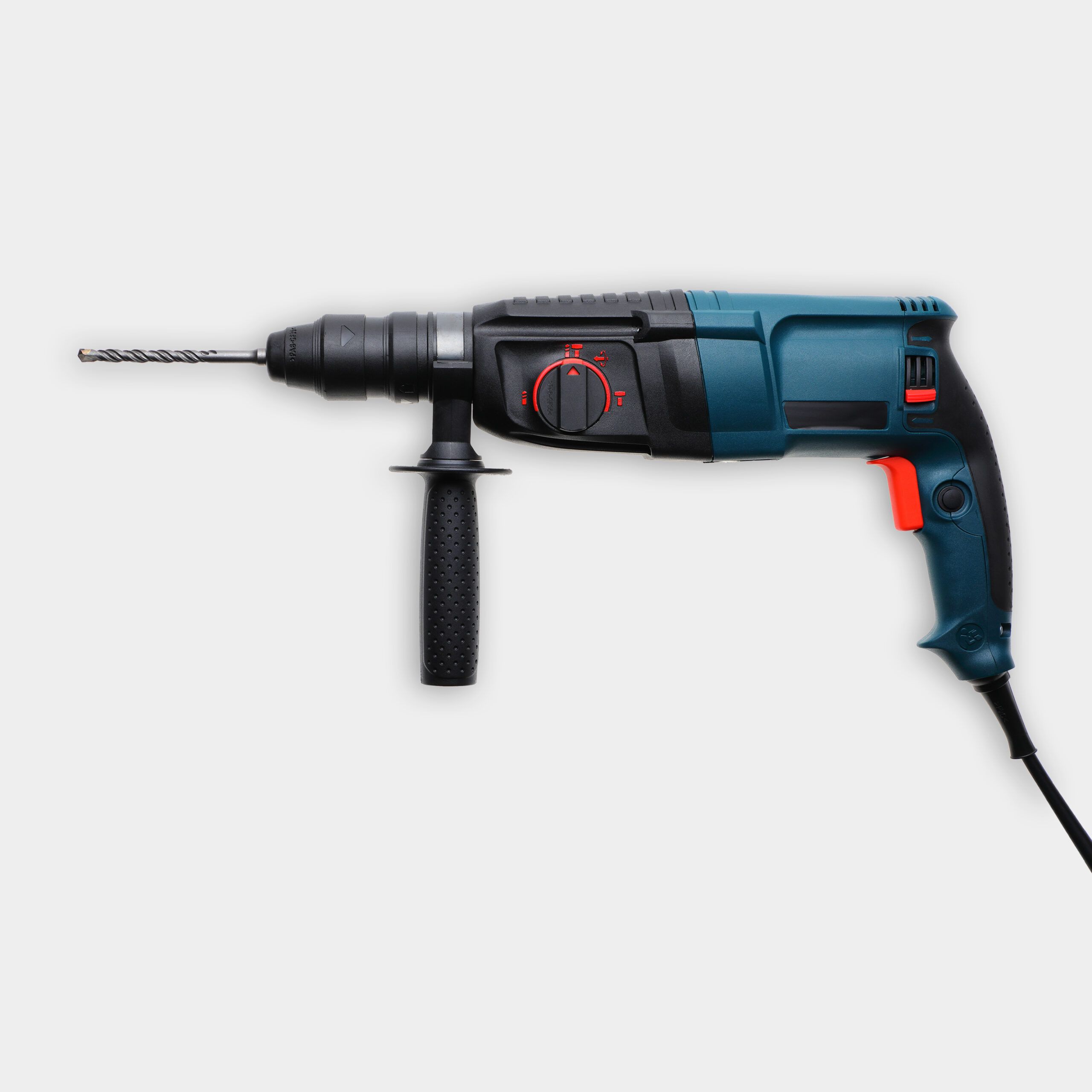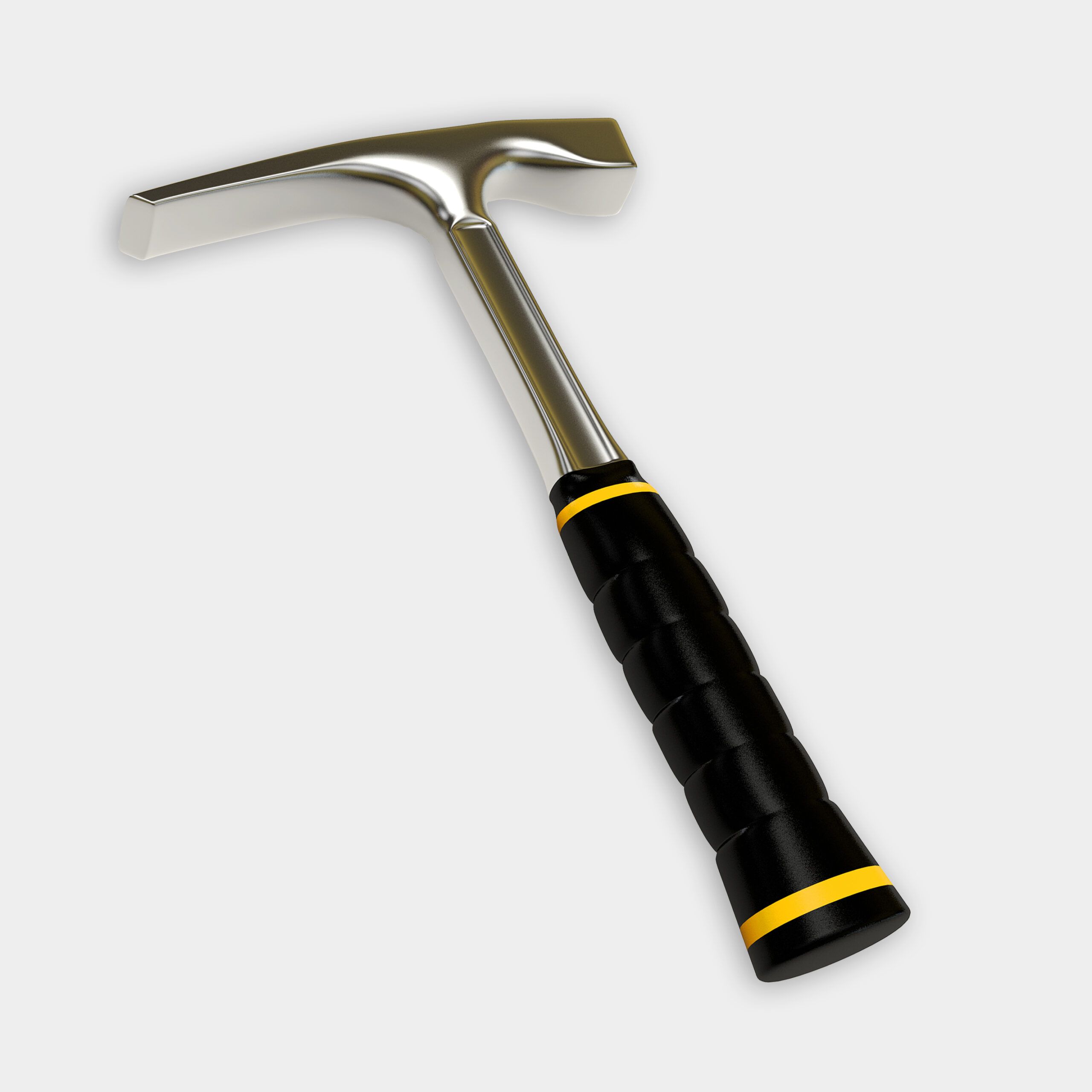We may be compensated if you purchase through links on our website. Our team is committed to delivering honest, objective, and independent reviews on home products and services.
Project details
Skill
Cost
Estimated Time
Installing a mantel on a stone fireplace can transform the look of your living space and provide a functional surface for decorations and family mementos. While the process may seem daunting, with the right tools and techniques, it’s a project many homeowners can tackle. This Old House expert Mark McCullough demonstrates the installation process, offering valuable insights for a successful mantel addition.
*Unless otherwise noted, costs in this article reflect an average of prices that our team found from hardware stores like Lowes and Home Depot, and on Amazon.com.
Preparing for Installation of a Mantel on a Stone Fireplace
Gathering the necessary materials and tools before starting the installation process is essential. Proper preparation ensures a smooth and efficient installation.
Choosing the Right Mantel
Selecting an appropriate mantel is important for both aesthetic appeal and structural integrity. Consider the following factors:
- Material: Opt for durable materials like hardwoods or stone that complement your fireplace.
- Style: Choose a design that matches your home’s interior decor.
- Size: Ensure the mantel is proportionate to your fireplace and room dimensions.
- Weight: Consider the weight capacity of your stone fireplace when selecting a mantel.
For this project, McCullough used a Red Oak Contemporary Box Mantel Style #5 from Baird Brothers Fine Hardwoods, pre-stained in Early American with a clear finish. This mantel’s hollow design allows for easy installation.
Gathering Tools and Materials
To install a mantel on a stone fireplace, you’ll need the following:
- Mantel
- 2-inch-by-4-inch framing lumber
- Framing screws
- Wedge anchors
- Brass screws
- Miter saw
- Drill driver
- Tape measure
- Level
- Hole saw
- Masonry drill
- Masonry hammer
- Socket wrench
Having these tools and materials on hand will streamline the installation process and help you achieve professional-quality results.
Creating the Mounting Cleat for the Mantel
The first step in installing a mantel on a stone fireplace is to create a sturdy mounting cleat. This cleat will serve as the foundation for your mantel, ensuring a secure attachment to the stone surface.
Assemble the Cleat
- Cut 2×4-inch lumber to match the dimensions of your mantel using a miter saw.
- Arrange the cut pieces to form a rectangular frame that will fit inside the hollow mantel.
- Secure the frame together using framing screws and butt joints.
- Ensure that the cleat is level and square, as this will directly affect the final positioning of your mantel.
Determine Mantel Height
Proper mantel height is required for both aesthetics and functionality. Consider the following:
- Standard height: Mantels are typically installed about 54 inches from the floor.
- Fireplace dimensions: Adjust the height based on the size and proportions of your fireplace.
- Room aesthetics: Consider the overall look of the room when deciding on mantel height.
Evaluate your stone surface and adjust the mantel height to accommodate any protruding stones or uneven areas. It’s important to ensure an even and balanced look.
Mounting the Cleat To the Stone Fireplace
With the cleat prepared and the ideal height determined, it’s time to attach the mounting cleat to the stone fireplace. This step requires precision and care to ensure a secure and level installation.
Mark the Mounting Points
- Find the center of the fireplace and mark it at the determined height.
- Hold the cleat against the fireplace, aligning its center with the marked center point.
- Use a level to ensure the cleat is perfectly horizontal.
- Mark the locations for mounting holes, preferring mortar joints over drilling directly into stones.
Drill and Anchor
- Remove the cleat and drill holes at the marked locations using a masonry drill bit.
- Cut out sections of the cleat that may interfere with protruding stones using a hole saw.
- Drill corresponding holes in the cleat to align with the holes in the stone.
- Reposition the cleat and insert wedge anchors into the drilled holes.
- Secure the anchors using a socket wrench, ensuring a tight fit.
Wedge anchors are recommended because they expand when tightened, providing a secure hold in the stone or mortar.
Attaching the Mantel to the Stone Fireplace
With the mounting cleat securely in place, you’re ready to attach the mantel. This final step will bring your project to completion and add a beautiful focal point to your room.
Position the Mantel
- Carefully lift the mantel and align it with the mounted cleat.
- Slide the mantel onto the cleat, ensuring a snug fit.
- Check that the mantel is level and flush against the stone surface.
Secure the Mantel
- Pre-drill holes through the mantel into the cleat at strategic points.
- Use brass screws to fasten the mantel to the cleat.
- If desired, use brass grommets to enhance the appearance of the screw heads.
Finishing these steps will ensure a professional-looking and secure installation.
Alternative Mounting Methods
While the hollow mantel method is effective, there are alternative approaches for installing solid wood mantels or antique beams.
Using Support Posts
For solid mantels, consider using support posts:
- Drill holes into the back of the mantel and corresponding holes in the stone.
- Fill the stone holes with epoxy.
- Insert metal rods or lead pipes into the holes.
- Apply epoxy to the mantel holes and carefully push the mantel onto the posts.
This method provides sturdy support for heavier, solid wood mantels. It is particularly useful for antique or reclaimed wood mantels, ensuring they are securely anchored to the stone surface.
Epoxy Mounting
For lighter mantels or decorative pieces:
- Drill shallow holes in the back of the mantel and the stone surface.
- Clean both surfaces thoroughly.
- Apply a strong construction adhesive or epoxy to the back of the mantel.
- Press the mantel firmly against the stone and hold until the adhesive sets.
Always follow manufacturer instructions when using adhesives or epoxy products. This method is ideal for lighter mantels where minimal support is needed.
Choosing Between Mounting Methods
Choosing the right mounting method depends on the mantel’s weight, material, and the condition of the stone surface. For example, hollow mantels with a significant overhang are well-suited for cleat mounting, while solid wood mantels may require support posts.
